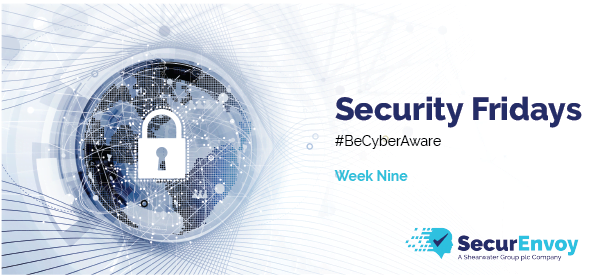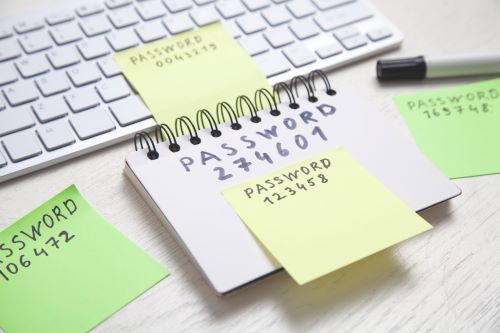

Security Fridays: Week Nine
The protective measures needed to reduce data loss and breaches
Realistically the exact number of records is not the thing to focus on here, that number fluctuates year on year and will always go up as organisations including governments generate and store more data on people over time. Interesting fact, data gathering rates are such that in the past two years more data was generated than the entire of human history before, and that’s a pattern that will repeat each year.So the fact that the number is bigger is bad but expected, especially as with the lockdown a lot more criminals are trying cyber-crime as traditional crime is proving to be a lot trickier at the moment.What’s troubling is that since the advent of computers and every single year since computers became common, these losses have occurred. It’s so common now that the only way it hits the media nowadays, is due to spikes in numbers or if they are particularly high profile events such as Snowden.Realistically though governments and militaries lost data all the time, laptops left in taxis, sensitive documents displayed or left in coffee shops, or full on hacking breaches against public bodies. Of course… that’s true of every sector in the modern world. It’s true that the data they hold is more sensitive but in most cases the rules they follow are more stringent so it’s usually less of a risk.It’s important for all organisations, including the government to place strong protections for these events. With suitable protections, those losses of data don’t then turn into breaches.Suitable protections include:1 – Encryption – Encrypt devices and files, but utilising strong encryption algorithms to secure the data via full disk encryption and IRM to securely encrypt files then if anything is lost, it’s generally going to require so much processing power to break in to that it will deter its abuse.2 – Patching, patching and patching again – One of the biggest holes that gets exploited by any attack on any environment is that so many IT departments don’t regularly update all their equipment, especially their perimeter. This means that in many cases, old, very cheaply obtained malware can be used to exploit systems that should be protected. Sure, some Zero days will still exist but any organisation that gets compromised by a year old exploit really should be looking to address their update policy urgently.3 – End point protection – Utilising strong malware protection, and Data Loss Prevention on your endpoints can help mitigate those attacks, by preventing infiltration of the machines and by simply stopping people from being able to send information they shouldn’t, you can eliminate a lot of the human error that can lead to these leaks.Read the full article that was analysed here: https://www.infosecurity-magazine.com/news/rise-leaked-government-records/Published: 9 June 2020
Category: Industry News
![]()
Data Discovery
Platform
(DD)
Data discovery across your digital estate.
Essential data discovery for any organisation.
Learn more about SecurEnvoy DD
Hear more from
our security
experts






